APS 2012 Annual Report Download - page 35
Download and view the complete annual report
Please find page 35 of the 2012 APS annual report below. You can navigate through the pages in the report by either clicking on the pages listed below, or by using the keyword search tool below to find specific information within the annual report.-
 1
1 -
 2
2 -
 3
3 -
 4
4 -
 5
5 -
 6
6 -
 7
7 -
 8
8 -
 9
9 -
 10
10 -
 11
11 -
 12
12 -
 13
13 -
 14
14 -
 15
15 -
 16
16 -
 17
17 -
 18
18 -
 19
19 -
 20
20 -
 21
21 -
 22
22 -
 23
23 -
 24
24 -
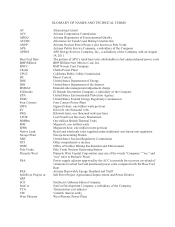 25
25 -
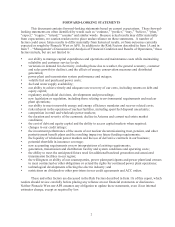 26
26 -
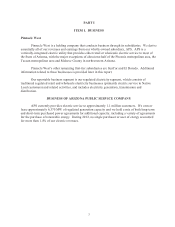 27
27 -
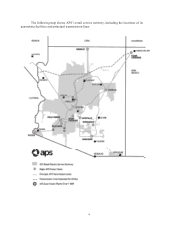 28
28 -
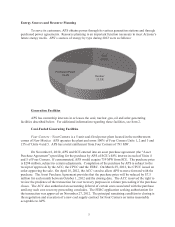 29
29 -
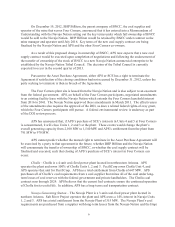 30
30 -
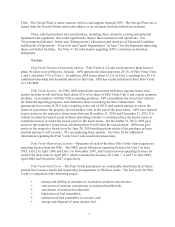 31
31 -
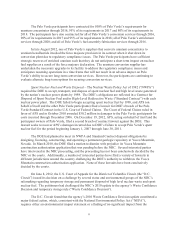 32
32 -
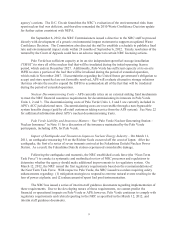 33
33 -
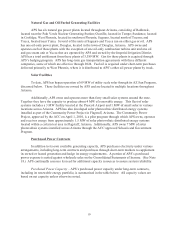 34
34 -
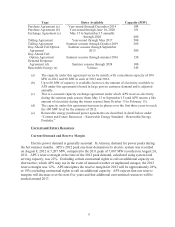 35
35 -
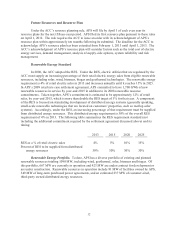 36
36 -
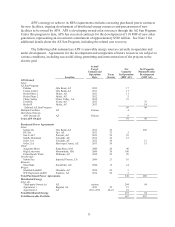 37
37 -
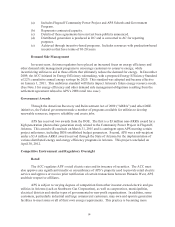 38
38 -
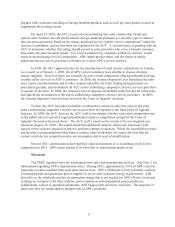 39
39 -
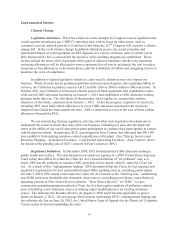 40
40 -
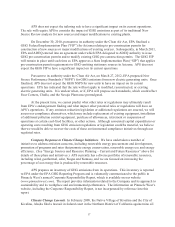 41
41 -
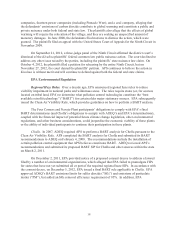 42
42 -
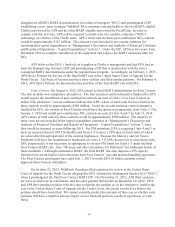 43
43 -
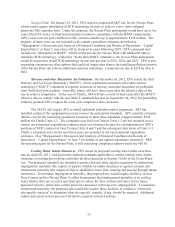 44
44 -
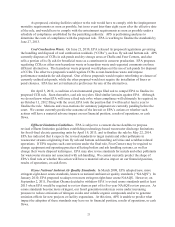 45
45 -
 46
46 -
 47
47 -
 48
48 -
 49
49 -
 50
50 -
 51
51 -
 52
52 -
 53
53 -
 54
54 -
 55
55 -
 56
56 -
 57
57 -
 58
58 -
 59
59 -
 60
60 -
 61
61 -
 62
62 -
 63
63 -
 64
64 -
 65
65 -
 66
66 -
 67
67 -
 68
68 -
 69
69 -
 70
70 -
 71
71 -
 72
72 -
 73
73 -
 74
74 -
 75
75 -
 76
76 -
 77
77 -
 78
78 -
 79
79 -
 80
80 -
 81
81 -
 82
82 -
 83
83 -
 84
84 -
 85
85 -
 86
86 -
 87
87 -
 88
88 -
 89
89 -
 90
90 -
 91
91 -
 92
92 -
 93
93 -
 94
94 -
 95
95 -
 96
96 -
 97
97 -
 98
98 -
 99
99 -
 100
100 -
 101
101 -
 102
102 -
 103
103 -
 104
104 -
 105
105 -
 106
106 -
 107
107 -
 108
108 -
 109
109 -
 110
110 -
 111
111 -
 112
112 -
 113
113 -
 114
114 -
 115
115 -
 116
116 -
 117
117 -
 118
118 -
 119
119 -
 120
120 -
 121
121 -
 122
122 -
 123
123 -
 124
124 -
 125
125 -
 126
126 -
 127
127 -
 128
128 -
 129
129 -
 130
130 -
 131
131 -
 132
132 -
 133
133 -
 134
134 -
 135
135 -
 136
136 -
 137
137 -
 138
138 -
 139
139 -
 140
140 -
 141
141 -
 142
142 -
 143
143 -
 144
144 -
 145
145 -
 146
146 -
 147
147 -
 148
148 -
 149
149 -
 150
150 -
 151
151 -
 152
152 -
 153
153 -
 154
154 -
 155
155 -
 156
156 -
 157
157 -
 158
158 -
 159
159 -
 160
160 -
 161
161 -
 162
162 -
 163
163 -
 164
164 -
 165
165 -
 166
166 -
 167
167 -
 168
168 -
 169
169 -
 170
170 -
 171
171 -
 172
172 -
 173
173 -
 174
174 -
 175
175 -
 176
176 -
 177
177 -
 178
178 -
 179
179 -
 180
180 -
 181
181 -
 182
182 -
 183
183 -
 184
184 -
 185
185 -
 186
186 -
 187
187 -
 188
188 -
 189
189 -
 190
190 -
 191
191 -
 192
192 -
 193
193 -
 194
194 -
 195
195 -
 196
196 -
 197
197 -
 198
198 -
 199
199 -
 200
200 -
 201
201 -
 202
202 -
 203
203 -
 204
204 -
 205
205 -
 206
206 -
 207
207 -
 208
208 -
 209
209 -
 210
210 -
 211
211 -
 212
212 -
 213
213 -
 214
214 -
 215
215 -
 216
216 -
 217
217 -
 218
218 -
 219
219 -
 220
220 -
 221
221 -
 222
222 -
 223
223 -
 224
224 -
 225
225 -
 226
226 -
 227
227 -
 228
228 -
 229
229 -
 230
230 -
 231
231 -
 232
232 -
 233
233 -
 234
234 -
 235
235 -
 236
236 -
 237
237 -
 238
238 -
 239
239 -
 240
240 -
 241
241 -
 242
242 -
 243
243 -
 244
244 -
 245
245 -
 246
246 -
 247
247 -
 248
248 -
 249
249 -
 250
250 -
 251
251 -
 252
252 -
 253
253 -
 254
254 -
 255
255 -
 256
256
 |
 |

11
Type
Dates Available
Capacity (MW)
Purchase Agreement (a)
Year-round through December 2014
104
Purchase Agreement (b)
Year-round through June 14, 2020
60
Exchange Agreement (c)
May 15 to September 15 annually
through 2020
480
Tolling Agreement
Year-round through May 2017
500
Tolling Agreement
Summer seasons through October 2019
560
Day-Ahead Call Option
Agreement
Summer seasons through September
2015
500
Day-Ahead Call
Option Agreement
Summer seasons through summer 2016
150
Demand Response
Agreement (d)
Summer seasons through 2024
100
Renewable Energy (e)
Various
349
(a) The capacity under this agreement varies by month, with a maximum capacity of 104
MW in 2012 and 90 MW in each of 2013 and 2014.
(b) Up to 60 MW of capacity is available; however, the amount of electricity available to
APS under this agreement is based in large part on customer demand and is adjusted
annually.
(c) This is a seasonal capacity exchange agreement under which APS receives electricity
during the summer peak season (from May 15 to September 15) and APS returns a like
amount of electricity during the winter season (from October 15 to February 15).
(d) The capacity under this agreement increases in phases over the first three years to reach
the 100 MW level by the summer of 2012.
(e) Renewable energy purchased power agreements are described in detail below under
“Current and Future Resources – Renewable Energy Standard – Renewable Energy
Portfolio.”
Current and Future Resources
Current Demand and Reserve Margin
Electric power demand is generally seasonal. In Arizona, demand for power peaks during
the hot summer months. APS’s 2012 peak one-hour demand on its electric system was recorded
on August 8, 2012 at 7,207 MW, compared to the 2011 peak of 7,087 MW recorded on August 24,
2011. APS’s reserve margin at the time of the 2012 peak demand, calculated using system load
serving capacity, was 22%. Excluding certain contractual rights to call on additional capacity on
short notice, which APS may use in the event of unusual weather or unplanned outages, the 2012
reserve margin was 12%. APS anticipates the reserve margin for 2013 will be approximately 28%,
or 19% excluding contractual rights to call on additional capacity. APS expects that our reserve
margins will decrease over the next five years and that additional conventional resources will be
needed around 2017.
